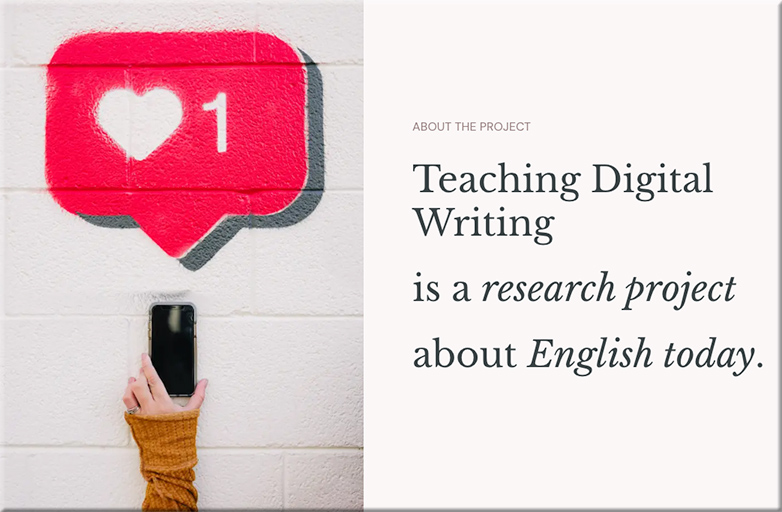Episode 302: A Practical Roadmap for AI in K-12 Education with Mike Kentz & Nick Potkalitsky, PhD
In this episode of My EdTech Life, I had the pleasure of interviewing Mike Kentz and Nick Potkalitsky, PhD, to discuss their new book, AI in Education: The K-12 Roadmap to Teacher-Led Transformation. We dive into the transformative power of AI in education, exploring its potential for personalization, its impact on traditional teaching practices, and the critical need for teacher-driven experimentation.
Striking a Balance: Navigating the Ethical Dilemmas of AI in Higher Education — from er.educause.edu by Katalin Wargo and Brier Anderson
Navigating the complexities of artificial intelligence (AI) while upholding ethical standards requires a balanced approach that considers the benefits and risks of AI adoption.
As artificial intelligence (AI) continues to transform the world—including higher education—the need for responsible use has never been more critical. While AI holds immense potential to enhance teaching and learning, ethical considerations around social inequity, environmental concerns, and dehumanization continue to emerge. College and university centers for teaching and learning (CTLs), tasked with supporting faculty in best instructional practices, face growing pressure to take a balanced approach to adopting new technologies. This challenge is compounded by an unpredictable and rapidly evolving landscape. New AI tools surface almost daily. With each new tool, the educational possibilities and challenges increase exponentially. Keeping up is virtually impossible for CTLs, which historically have been institutional hubs for innovation. In fact, as of this writing, the There’s an AI for That website indicates that there are 23,208 AIs for 15,636 tasks for 4,875 jobs—with all three numbers increasing daily.
To support college and university faculty and, by extension, learners in navigating the complexities of AI integration while upholding ethical standards, CTLs must prioritize a balanced approach that considers the benefits and risks of AI adoption. Teaching and learning professionals need to expand their resources and support pathways beyond those solely targeting how to leverage AI or mitigate academic integrity violations. They need to make a concerted effort to promote critical AI literacy, grapple with issues of social inequity, examine the environmental impact of AI technologies, and promote human-centered design principles.1
5 Free AI Tools For Learning & Exploration — from whytryai.com by Daniel Nest
Have fun exploring new topics with these interactive sites.
We’re truly spoiled for choice when it comes to AI learning tools.
In principle, any free LLM can become an endlessly patient tutor or an interactive course-maker.
If that’s not enough, tools like NotebookLM’s “Audio Overviews” and ElevenLabs’ GenFM can turn practically any material into a breezy podcast.
But what if you’re looking to explore new topics in a way that’s more interactive than vanilla chatbots and more open-ended than source-grounded NotebookLM?
Well, then you might want to give one of these free-to-try learning tools a go.















